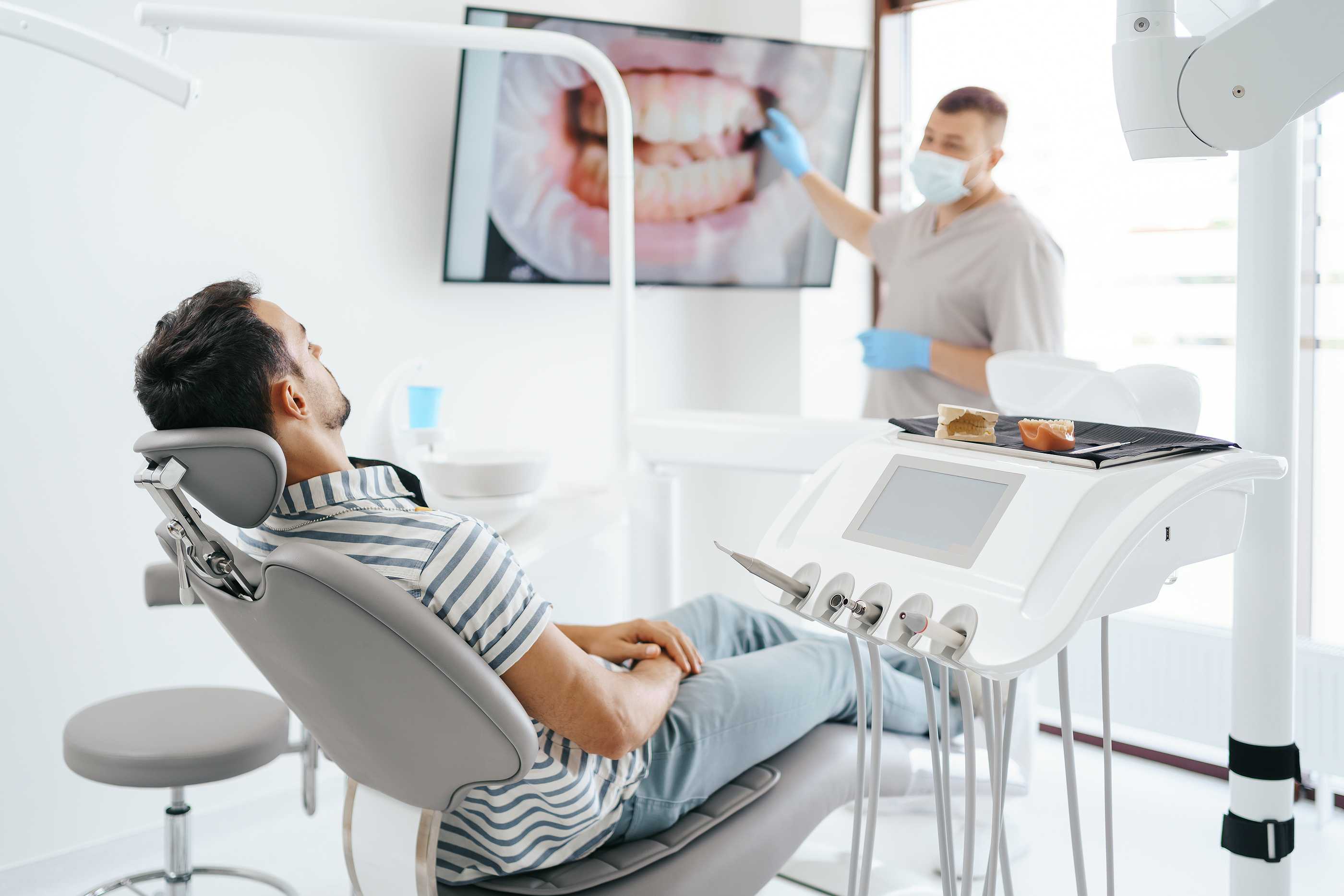Bone Grafting Explained: Why It's Crucial for Your Dental Implant Journey
Posted by Lance Robbins
Oral Health
on Sep 10 2025, 10:16 PM
Ifyou'reconsideringdental implants in Springfield, MO, you might hear the term"bone grafting"thrown around. But what exactly does that mean for your smile? Bone grafting is a critical step in ensuring that your dental implants have a solid foundation. Whetheryou'velost teeth due to injury, decay, or other reasons, understanding bone grafting can be a game-changer on your journey to restoring your smile.Let’sdive into what bone grafting entails and why it may be an essential part of your implant process.
What is Bone Grafting and Why is it Important?
Bone grafting is a surgical procedure that involves the transplantation of bone tissue. This process is often necessary when thereisn’tenough strong jawbone to support dental implants. Whether due to gum disease, trauma, or tooth loss, insufficient bone can hinder successful implant placement.
By adding new bone material, dentists can create a stable base for implants. The graft acts as a scaffold that encourages yourbody’snatural healing processes and helps regenerate new bone growth over time.
Its importance cannot be overstated. A robust foundation ensures the longevity of your dental implants and reduces the risk of complications down the line. Without proper grafting, even the best-quality implant may fail, leading to additional procedures or prolonged recovery times. Understanding this crucial step will empower you to make informed choices about your dental health journey.
The Process of Bone Grafting for Dental Implants
The process of bone grafting for dental implants begins with a thorough examination. Your dentist will assess your jawbone to determine its density and structure. This step is crucial to ensure the success of the procedure.
Next,you’llreceive anesthesia to keep you comfortable during surgery. The dentist then creates an incision in the gum tissue, exposing the underlying bone. Depending on your situation, they may use various techniques to prepare the site for grafting.
Once prepared, bone material—either from another part of your body or a donor—is placed into the deficient area. This encourages new bone growth as it integrates with your existing jawbone over time.
After securing the graft in place, stitches are used to close up the incision. Healing typically takes several months before moving forward with dental implant placement.Contact usnow.
Types of Bone Grafts Used in Dental Implants
When it comes to dental implants, the type of bone graft chosen can significantly impact the success of your procedure. There are several types available, each with its unique properties.
- Autografts involve using bone taken from your own body. This method typically offers the best integration, as the tissue is familiar to your system. Common donor sites include the jawbone or hip.
- Allografts come from a human donor and are processed for safety. They provide a strong scaffold for new bone growth while reducing recovery time sincethere’sno additional surgery required on your part.
- Xenografts use animal bone, often sourced from cows. These grafts serve as a bio-compatible option that encourages natural bone regeneration without compromising patient safety.
- Synthetic grafts utilize biocompatible materials designed to mimic natural bone structure. They offer versatility in application and help stimulate new bone formation effectively.
Benefits of Bone Grafting for Dental Implants
Bone grafting plays a pivotal role in the success of dental implants. It provides the necessary support for new teeth, creating a stable foundation.
- One major benefit is enhanced bone density. When you lose a tooth, your jawbone can deteriorate over time. A bone graft helps to regenerate this lost tissue, ensuring that the implant has enough strength to hold securely.
- Another advantage is improved aesthetics. With sufficient bone structure, you avoid sunken cheeks and other facial changes associated with missing teeth.
- Moreover, bone grafting minimizes complications during the implant placement process. It reduces the risk of implant failure by ensuring thatthere’sadequate support for long-term stability.
Patients also experience quicker recovery times due to advanced techniques and materials used today. This means less downtime before enjoying fully functional dental implants in Springfield, MO.
Recovery and Aftercare Tips
Recovery after bone grafting is a crucial phase in your dental implant journey.
- Right after the procedure, follow yourdentist'sinstructions carefully to minimize discomfort and promote healing.
- Keep the treated area clean. Gentle rinses with salt water can help reduce bacteria without disturbing the graft site. Avoid any vigorous brushing for at least a week.
- Pain management is essential. Over-the-counter pain relievers often suffice, but consult your dentist if you experience persistent or worsening pain.
- Diet is another key factor during recovery. Stick to soft foods like yogurt and applesauce initially, steering clear of crunchy or hard items that could disrupt healing.
- Stay hydrated and rest as much as possible. Your body needs energy to heal effectively, so listen to it when it calls for downtime.
- Regular follow-up appointments are necessary to monitor progress and ensure everything heals correctly.
Conclusion: The Importance of Properly Preparing for Dental Implants with Bone Grafting
Preparing for dental implants is a significant step in restoring your smile and oral health. Bone grafting plays an essential role in this preparation process, especially for individuals lacking sufficient jawbone density. By understanding the importance of bone grafting, patients can appreciate how it enhances the success of their dental implant journey.
Ensuring that your jawbone has adequate support not only improves the stability of dental implants but also contributes to long-term oral health. A well-prepared foundation allows for better integration between the implant and the bone, leading to more favorable outcomes.
As you embark on your path toward gettingdental implants in Springfield, MO, consider consulting with a qualified professional about whether bone grafting is necessary for your situation. This proactive approach will set you up for success, ensuring that every aspect of your treatment plan aligns with achieving optimal results. Embracing this crucial preparatory phase makes all the difference when it comes to enjoying a healthy and beautiful smile once again.
If you want to learn more about dental implants, visit our office, iTooth Family Dentistry, at 5021 S. National Ave, Springfield, MO 65810. You can also reachour dentist in Springfield, MOat (417) 883-8515.
Share On

What to do During a Dental Emergency?
If you're considering dental implants in Springfield, MO, you might hear the term "bone grafting" thrown around. But …

Tips for Surviving Teething
If you're considering dental implants in Springfield, MO, you might hear the term "bone grafting" thrown around. But …

Dangers of DIY Orthodontic Treatments
If you're considering dental implants in Springfield, MO, you might hear the term "bone grafting" thrown around. But …












